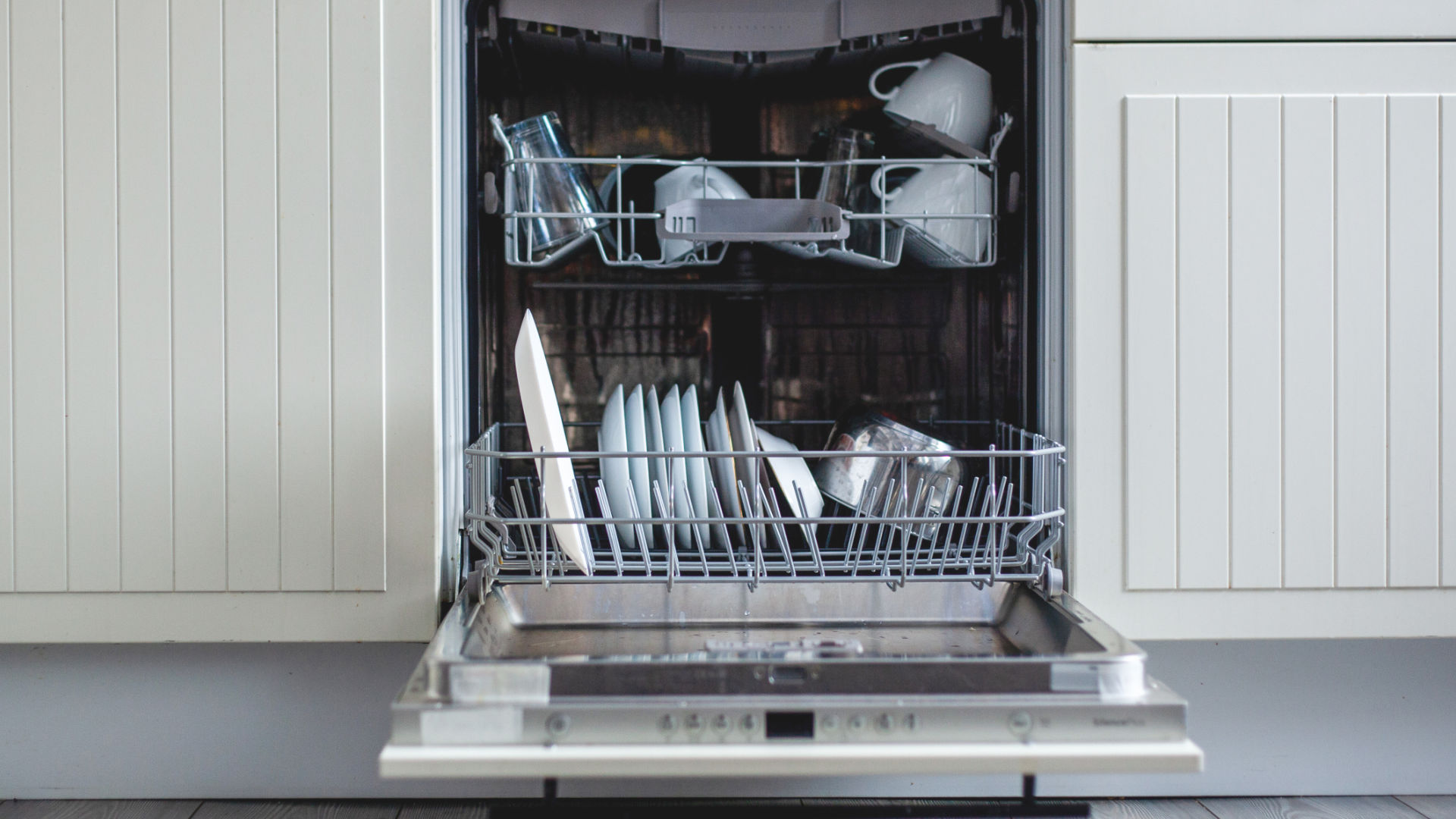
Bosch is regarded as one of the world’s best home appliance manufacturers, but even the best appliances can sometimes break down and need to be repaired.
One of the appliances Bosch is best known for is dishwashers.
In this article, we will discuss the 5 most common problems people have with their Bosch dishwashers and how you can fix them.
This guide covers most major Bosch dishwasher models, including:
GM926710
SHE44C05UC/20
SHE44C06UC/17
SHE46C02UC/17
SHE46C05UC/17
SHE46C05UC/22
SHE46C06UC/17
SHE55M05UC/50
SHE55M05UC/52
SHE55M05UC/53
SHE56C02UC/17
SHE56C02UC/18
SHE56C05UC/17
SHE56C06UC/17
SHE56C07UC/17
SHI4302
SHI4306
SHI6802
SHI6805
SHI6806
SHX46A05UC/14/SERIAL: -8210
1. My Dishwasher Fills with Water Randomly
The first problem a lot of people have with their Bosch dishwashers is when they randomly fill up with clean water. If you don’t fix the problem, you’ll end up wasting a lot of water, and water might leak out onto the floor, causing a hazard.
This problem is caused by a faulty water inlet valve. What happens is the water inlet valve fails to close when it should and stays open, causing water to fill into your dishwasher even when the cycle ends and the dishwasher is switched off.
Here’s how to check and fix a faulty water inlet valve:
- Turn the power to your dishwasher off.
- Turn the water supply to your dishwasher off.
- Locate the water inlet valve (check your manual if necessary).
- Inspect the valve to see if it is jammed open or damaged in any way (sometimes the solenoids get jammed from buildups of debris).
- If the valve is damaged, it will need to be replaced as it is not repairable.
- If you do replace the valve, you’ll need to plug your dishwasher back in and test if the problem has been solved.
2. The Water in My Dishwasher Is Dirty
The next common problem people have with their Bosch dishwashers is when they fill up with dirty water. When this happens, your dishes won’t come out clean, and you run the risk of leaks, which can cause damage to your floor and hazards.
This problem is most commonly caused by a faulty check valve. The purpose of the check valve is to make sure water only flows in one direction, which stops dirty water from flowing into the dishwasher from your sink.
To inspect the check valve:
- Turn the power and the water supply off.
- Locate the check valve—in most Bosch dishwashers it will be located next to the drain pump. If you’re not sure, check your manual.
- Check the valve for any signs of damage.
- If the valve is faulty, it will need to be replaced.
- To replace the check valve, you need to remove the lower washing rack, remove the spray arm, and remove the filter screen basket and filter screen.
- Unscrew the cover and lift it out of the dishwasher.
- You can then remove the check valve and replace it with a new one.
- Once you’ve successfully replaced the check valve, you can put your dishwasher back together and check if the problem has been solved. If not, you will need to call a technician to come and have a look at your Bosch dishwasher.
3. My Dishwasher Won’t Drain
The next common problem people have with their Bosch dishwashers is when they stop draining properly. When this happens, dirty water and debris will clog your dishwasher, and your dishes won’t come out clean.
The easiest way to solve this problem is to clean out the drain. To do that:
- Open your dishwasher door and remove the bottom rack.
- Remove the spray arm and bottom cover if your dishwasher has one.
- If your dishwasher has a lot of water in it, you’ll need to manually drain it out with a container followed by a towel to soak up the last of the water.
- Locate the impeller and try to manually turn it around. If anything is getting in its way, remove it.
- If there is no obvious debris blocking the impeller from moving around, then you’ll need to get a technician to come and inspect your dishwasher.
- If the impeller cannot move around at all, this might mean it needs to be fully replaced.
- If you have a multimeter, if you can, also take the drain pump out of the dishwasher and check it for continuity. If it doesn’t have continuity, it will need to be replaced.
4. My Dishwasher Doesn’t Fill with Water
The next common problem people have with their Bosch dishwashers is when the dishwasher doesn’t fill with any water or doesn’t fill with enough water. When this happens, you won’t be able to wash your dishes properly.
This problem is also mainly caused by a faulty water inlet valve. The valve is difficult to repair, so your best option is to just replace it. To replace it:
- Turn the power and water off to the dishwasher.
- Locate the water inlet valve—it is usually located through the lower access panels.
- Once located, disconnect the wire harness and disconnect the water hose from it.
- You can then attach the new inlet valve, reattach the wires and water, and put your dishwasher back together.
- You can now test your dishwasher to see if the problem has been solved, and if not, you’ll need to call a qualified technician to come and inspect your dishwasher.
5. My Dishwasher Isn’t Drying Dishes
The final problem is when the dishwasher doesn’t properly dry the dishes after a cycle has ended.
This problem can be caused by several faulty components in your dishwasher and depends a lot on your specific model of Bosch dishwasher. The main faulty components are usually the vent motor, the heating element, and a faulty vent.
Here’s how to fix this problem:
- Turn the power off and the water off.
- Locate the dishwasher vent and check that it can open correctly. If not, it will need to be replaced.
- Check the vent fan motor. To check the fan motor, you need to locate it (check your manual if necessary) and then use a multimeter to test it for continuity. If it doesn’t have continuity, it will need to be replaced.
- If the fan motor is ok, then you should locate the heating element and check it with a multimeter for continuity. If it doesn’t have continuity, it is faulty and will need to be replaced.
- If you cannot find the cause of the problem or if you don’t have a multimeter, you will need to call a technician to come and inspect your Bosch dishwasher.
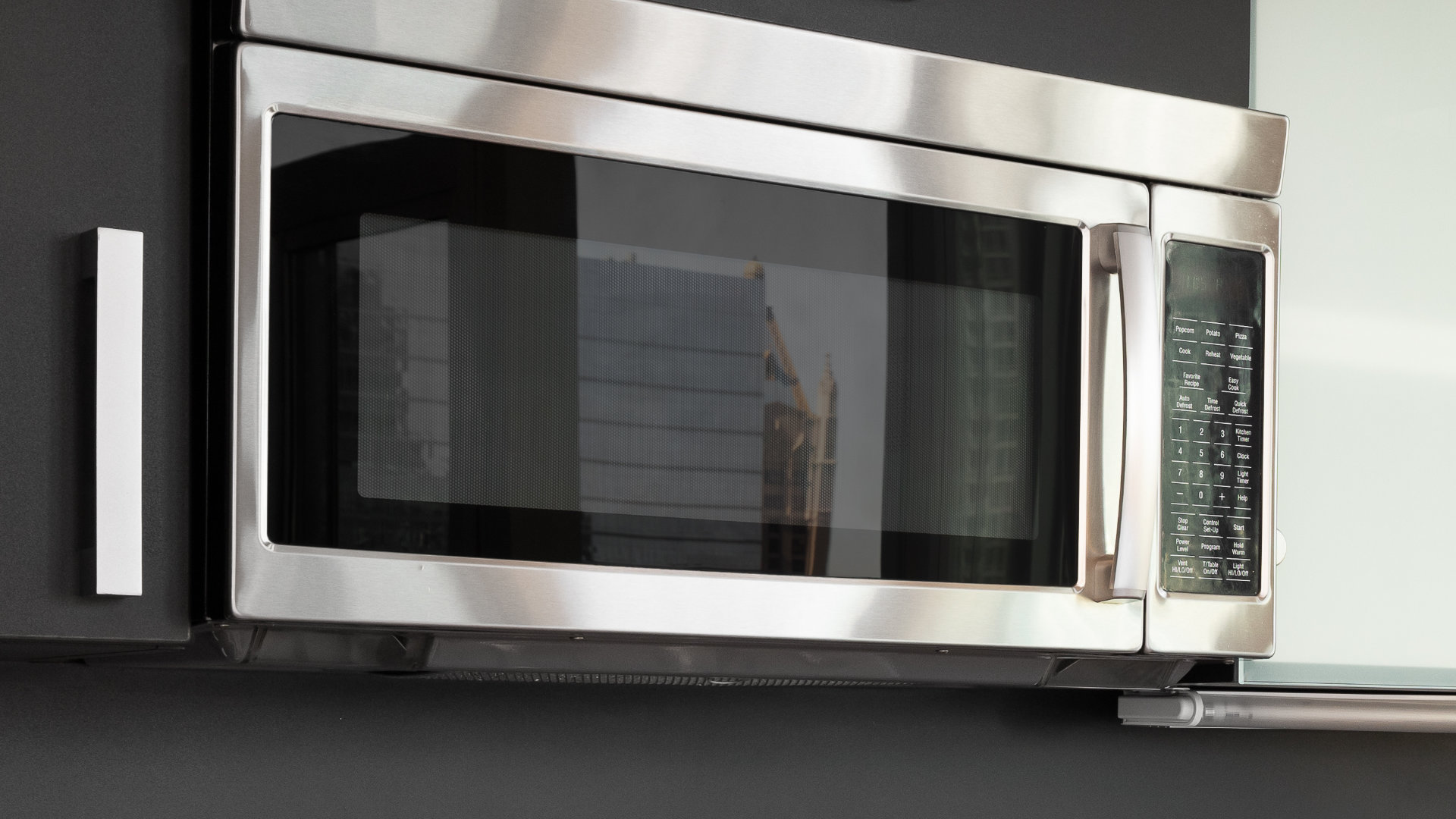
Your Guide to Whirlpool Microwave Replacement Parts
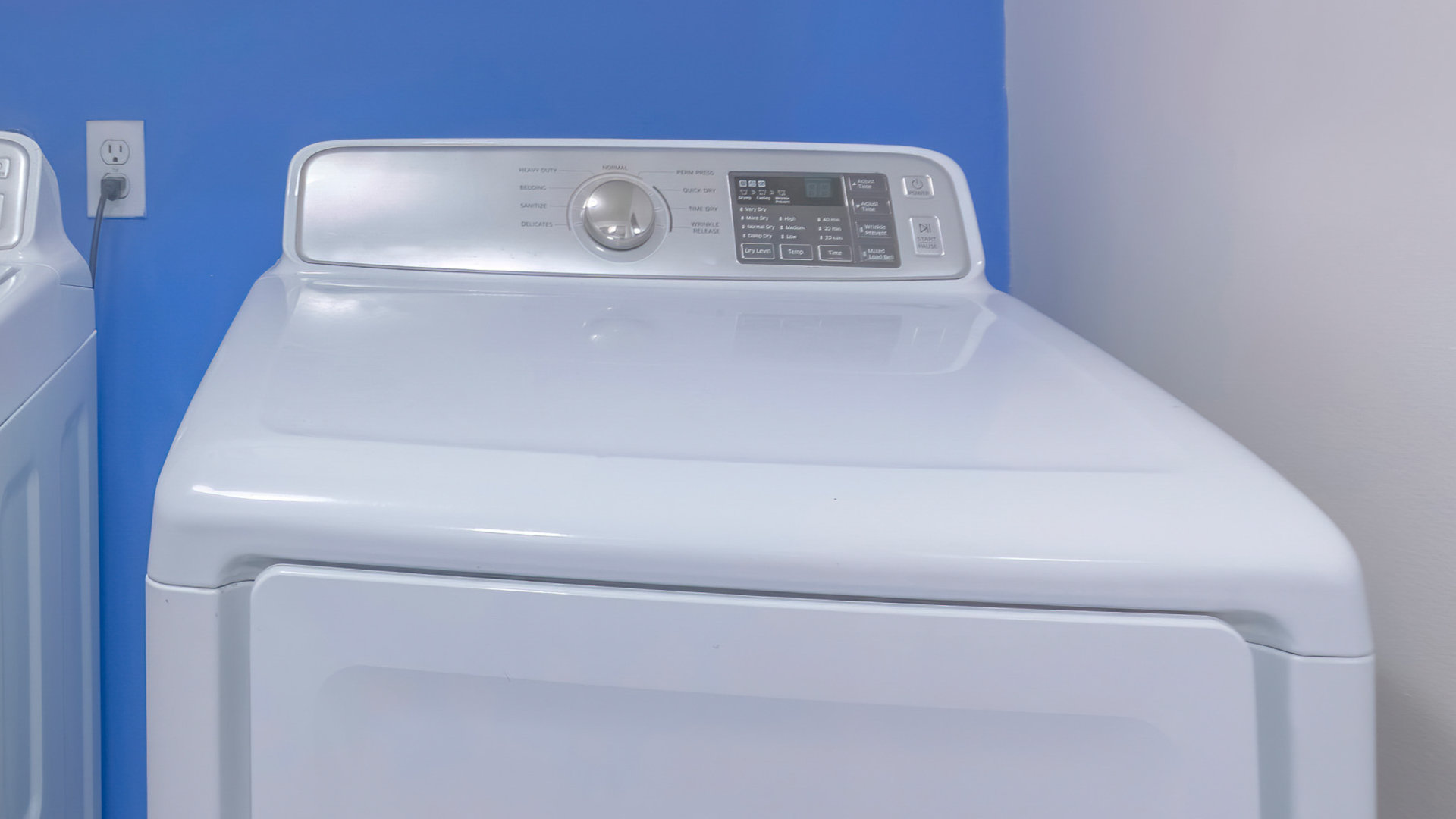
What to Do When Your Kenmore Dryer Won’t Start
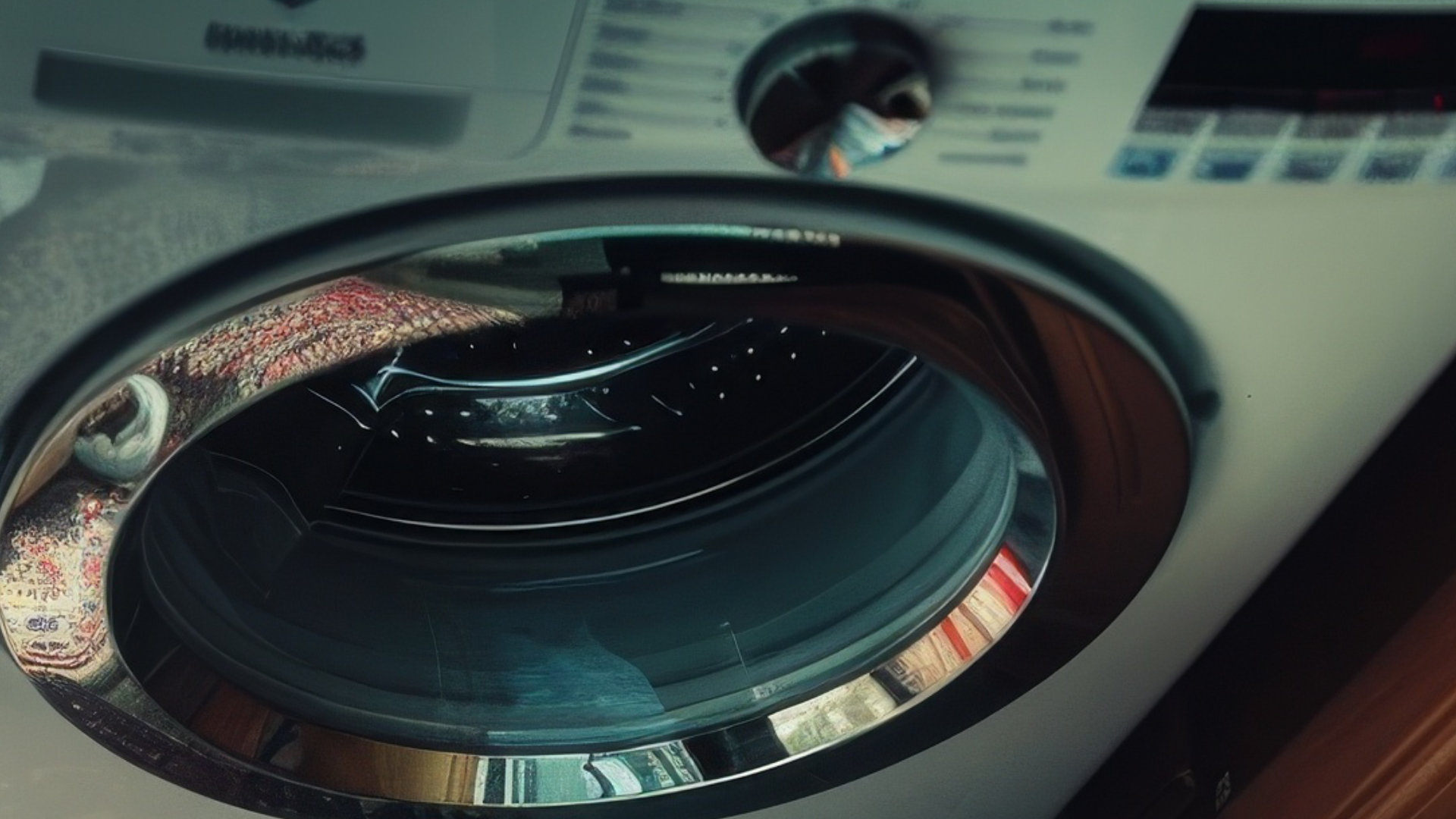
How to Resolve the LG Washer LE Error Code
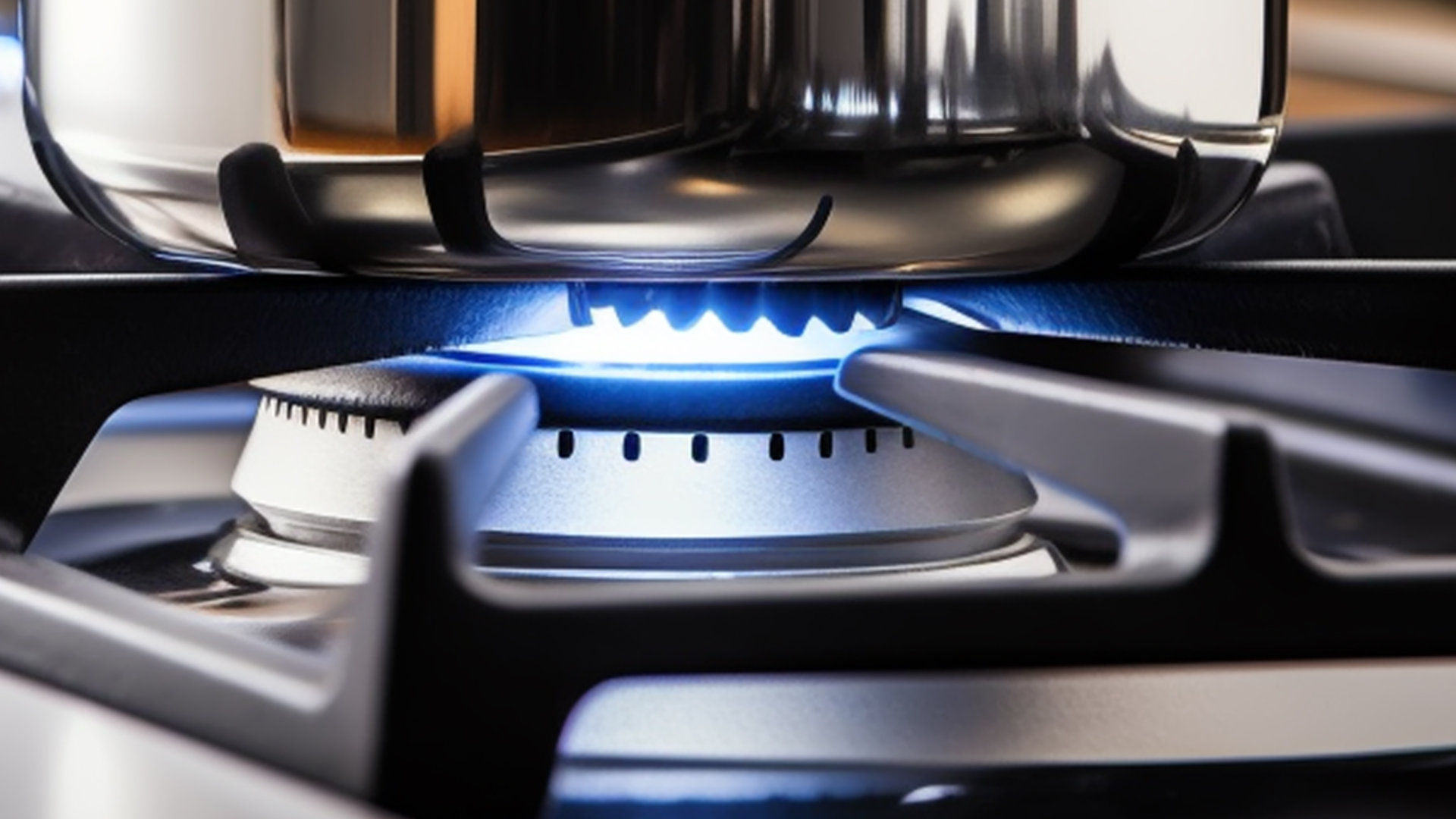
Why Does My Oven Smell Like Gas? Causes and What to Do
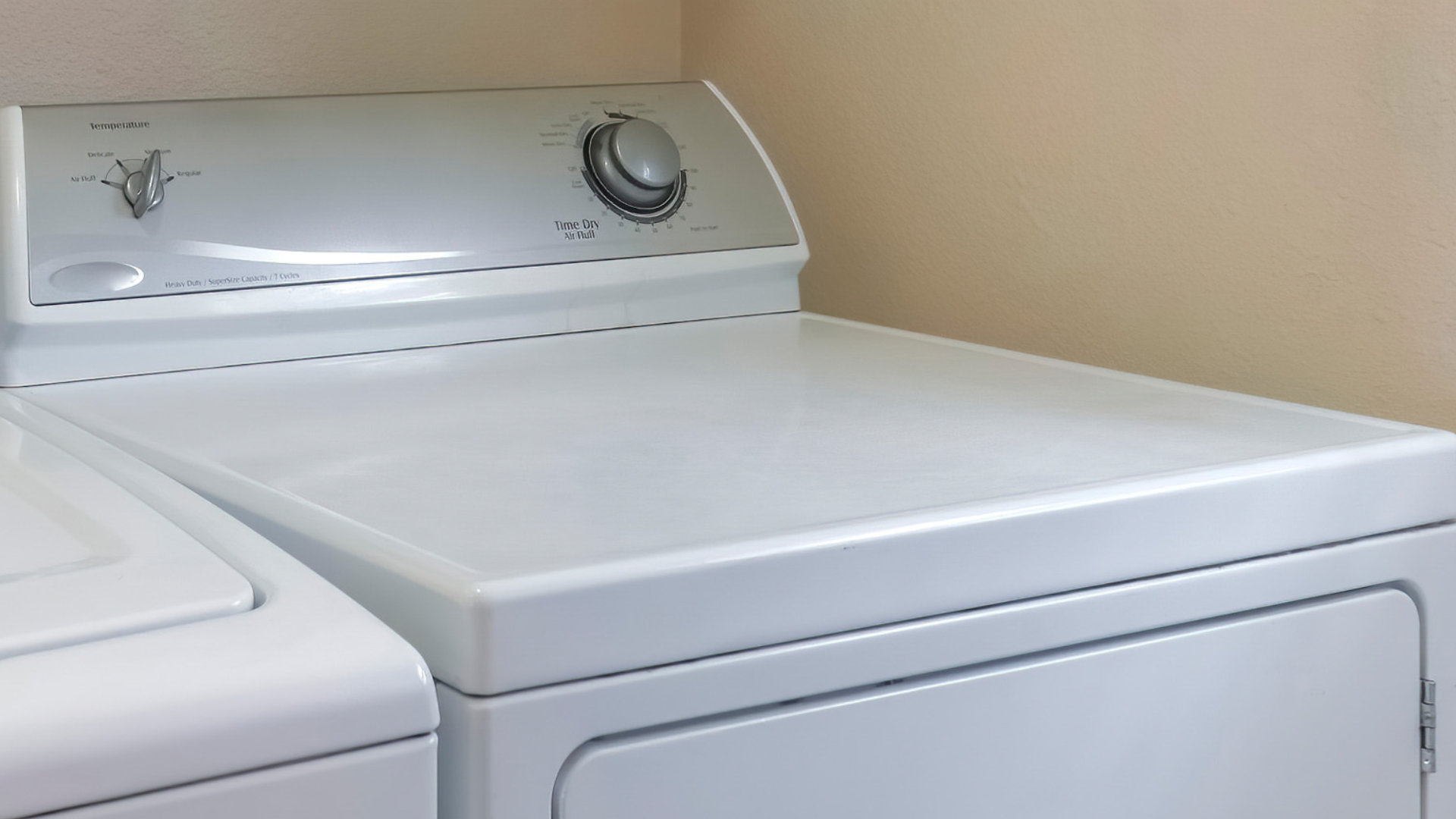
Maytag Dryer Not Heating? Here’s How to Fix It
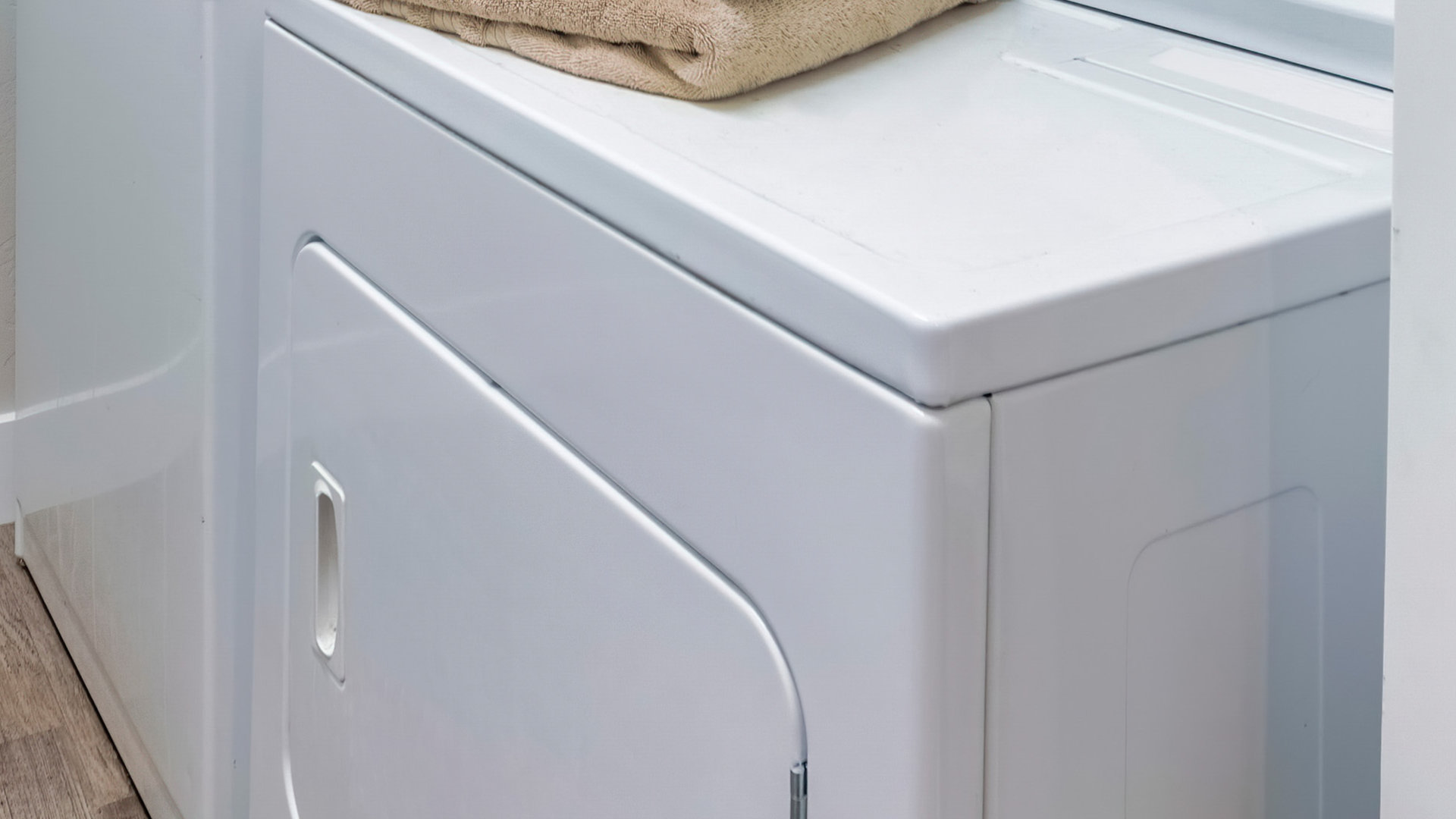
6 Common Reasons Your Speed Queen Dryer Isn’t Heating
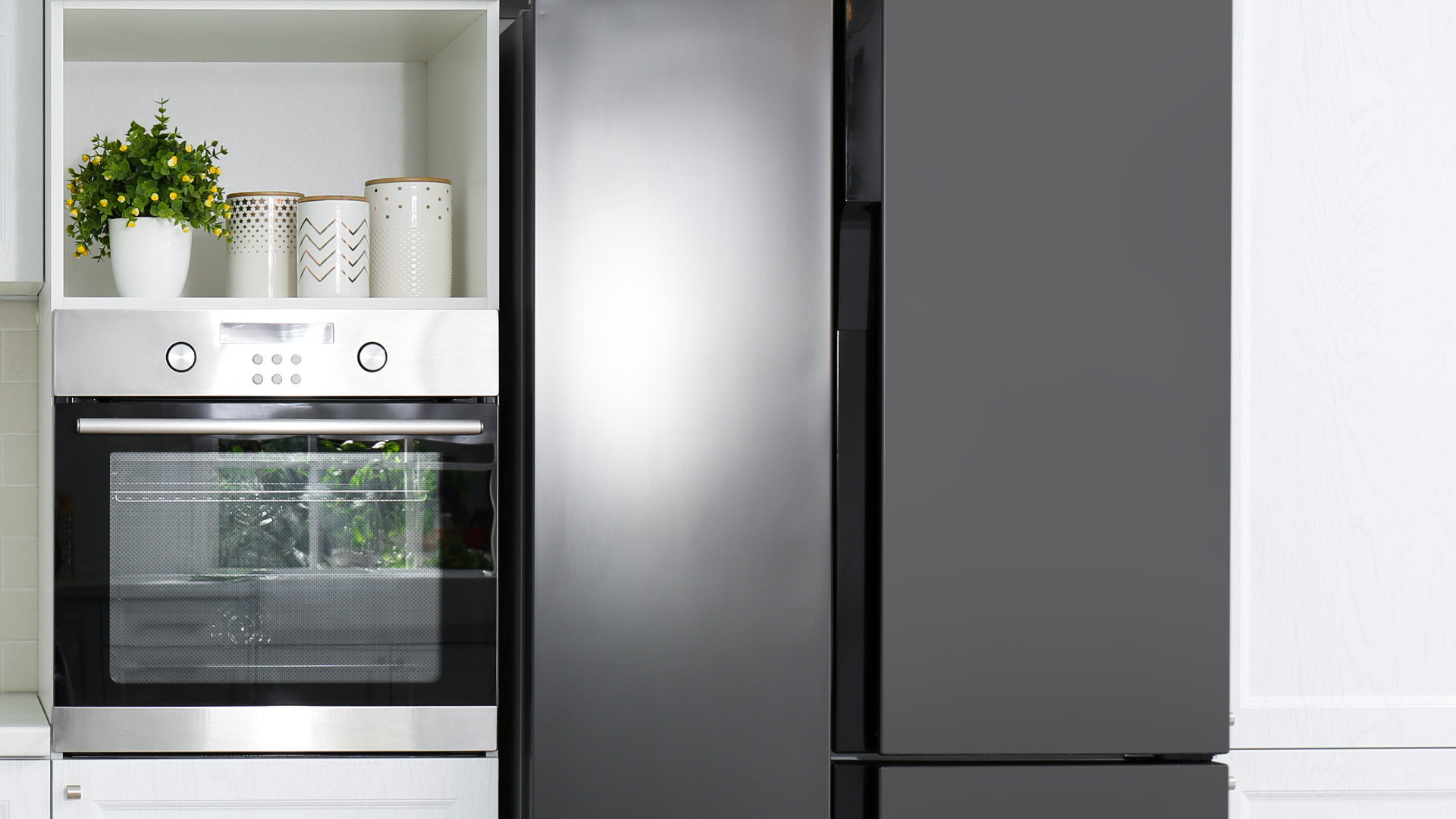
8 Reasons Your Samsung Refrigerator Is Not Cooling
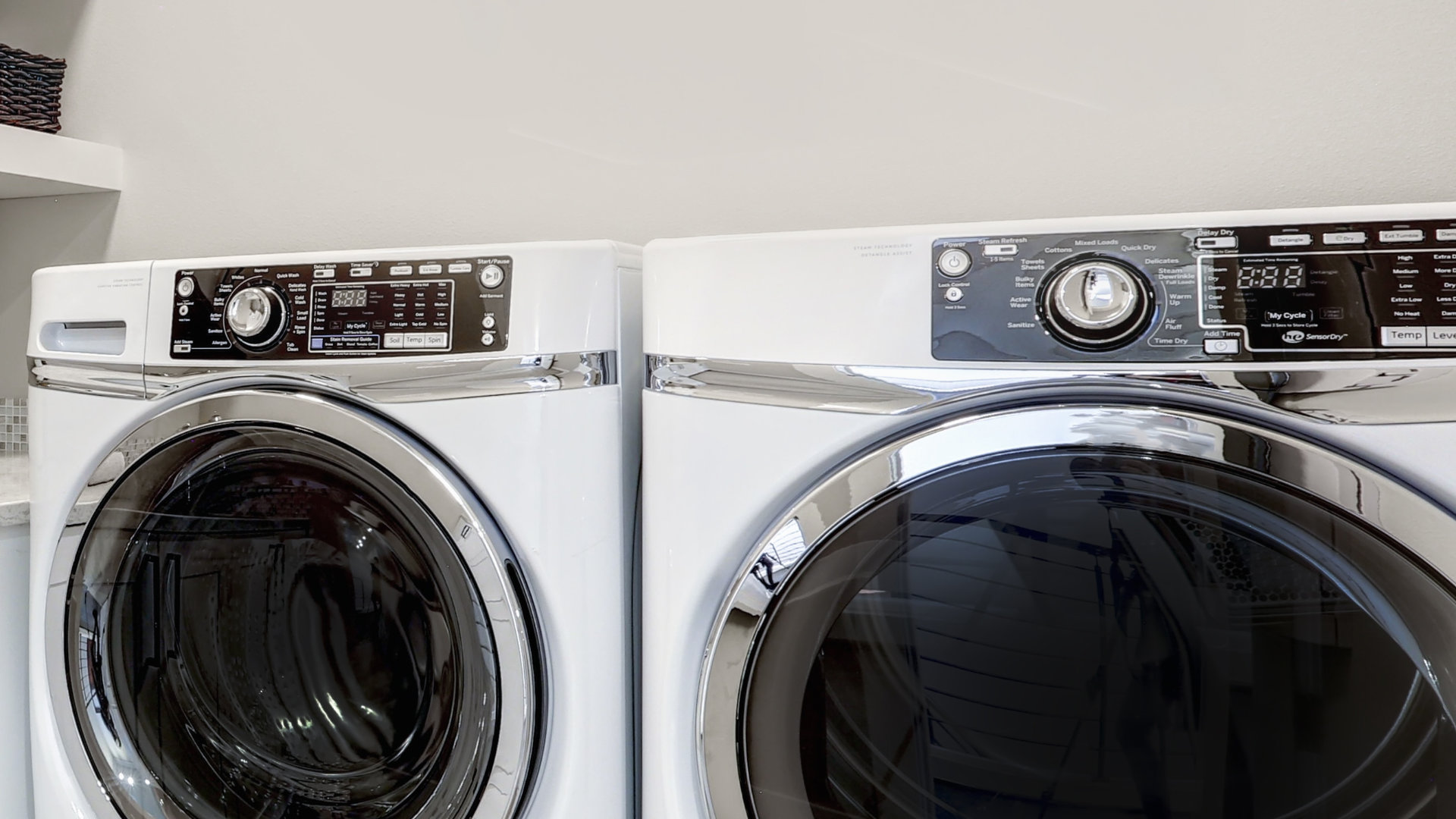
9 Most Reliable Washer and Dryer Brands

How to Get Ink out of Your Dryer the Easy Way

Why Is My Fridge Making Noise That Stops When the Door Is Open?
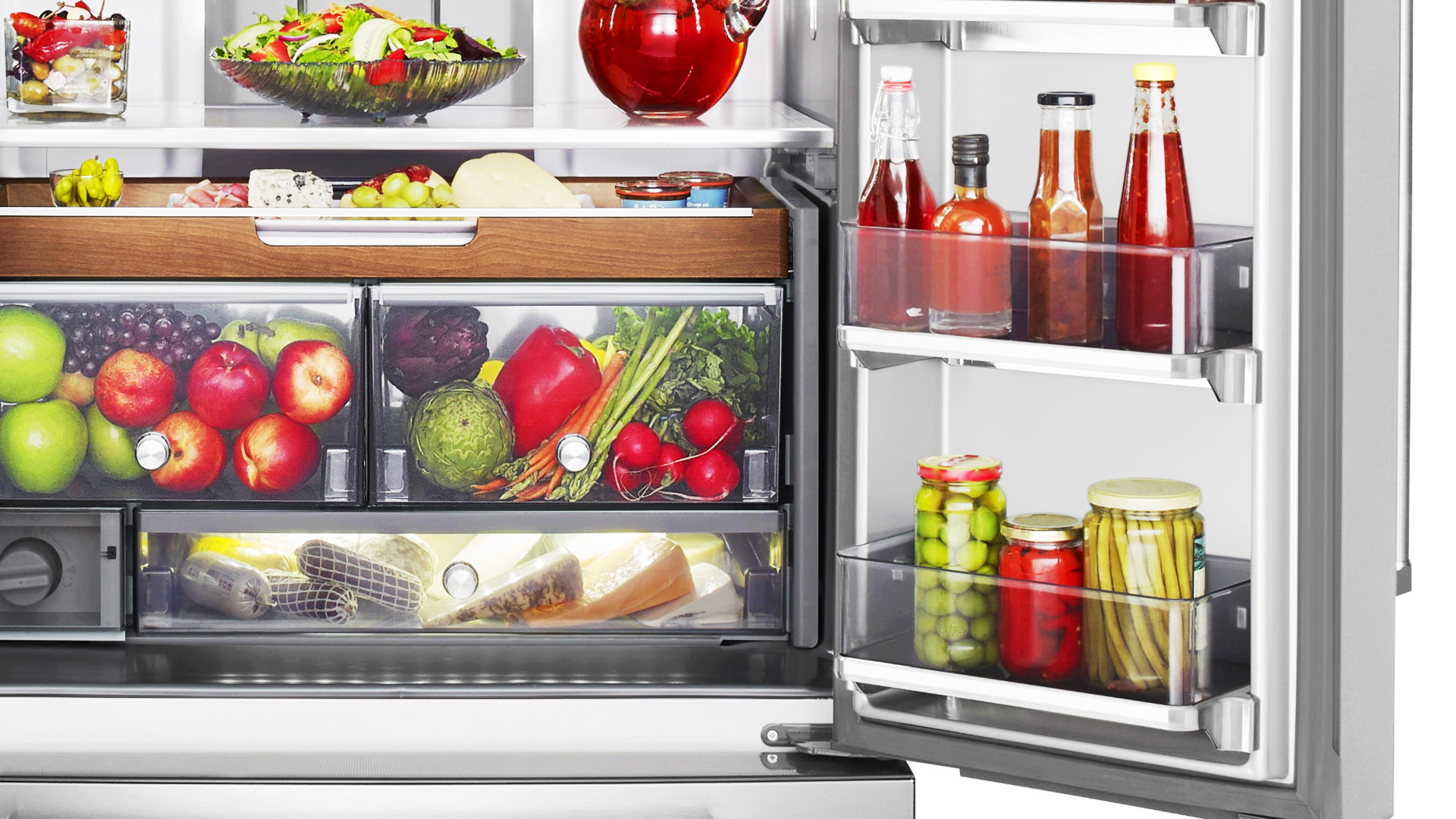
Frigidaire Refrigerator Error Code H1: Causes & Solutions
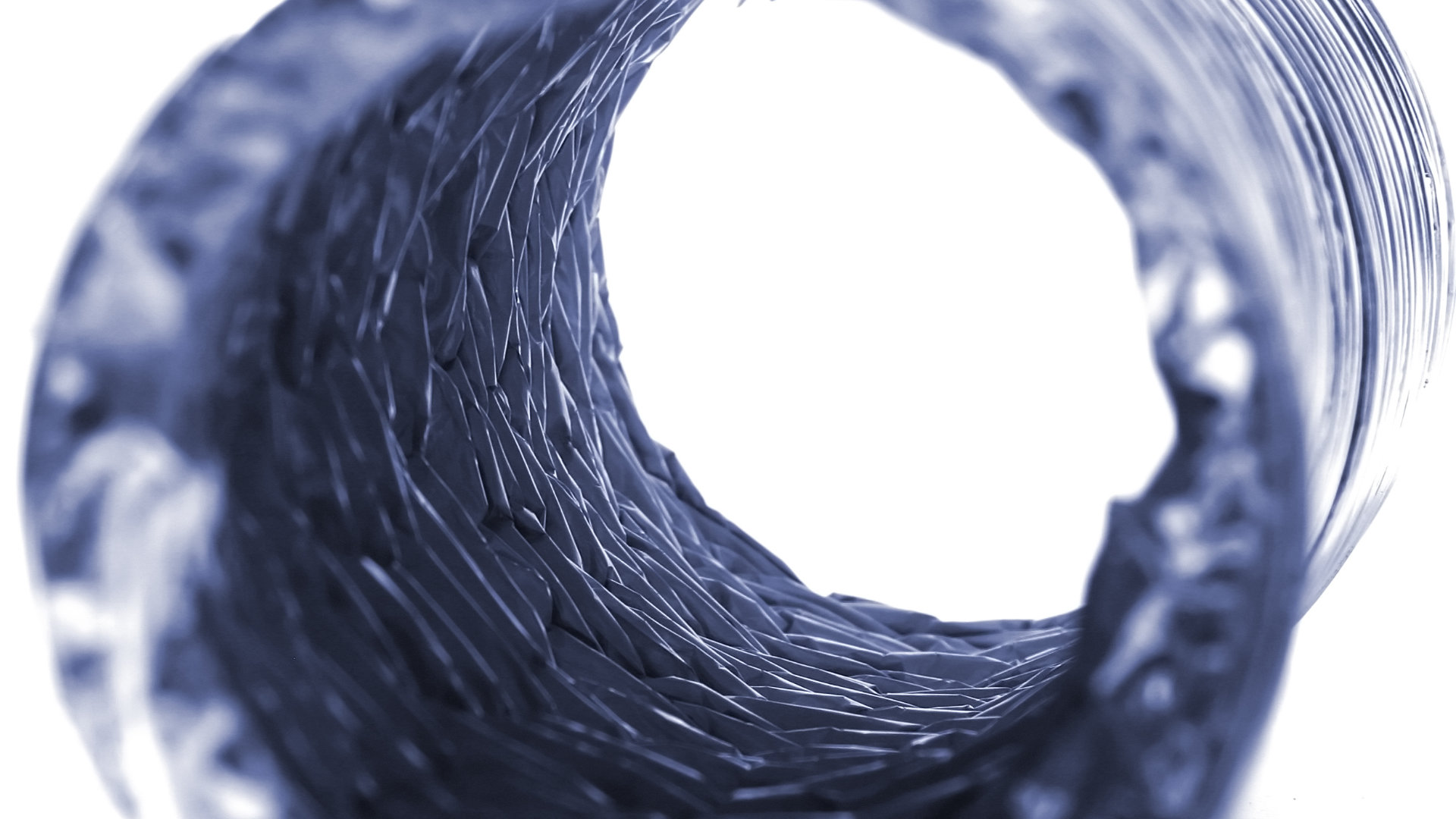
How to Clean a Dryer Vent Without Moving the Dryer
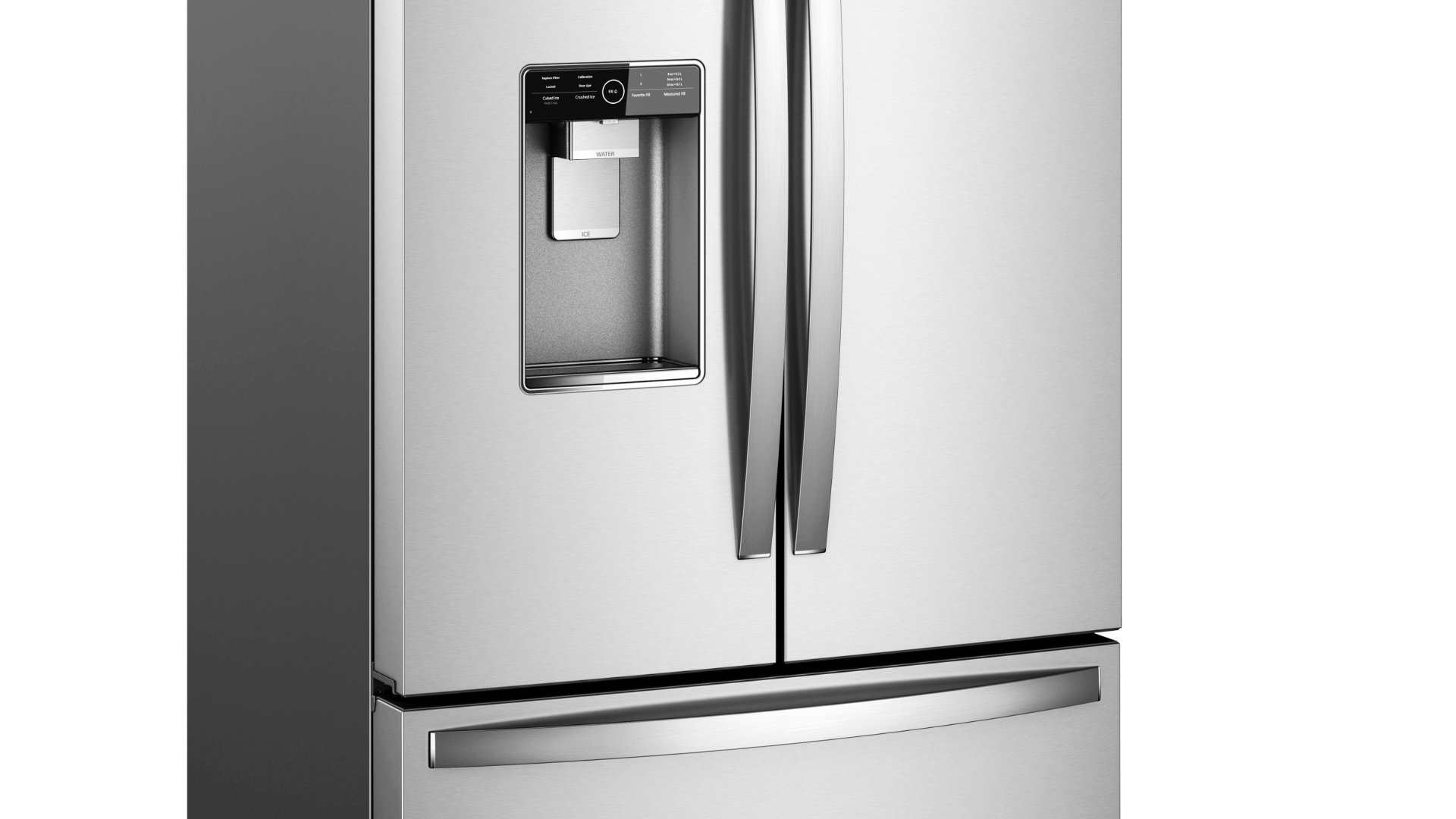
9 Reasons Your LG Refrigerator Isn’t Cooling
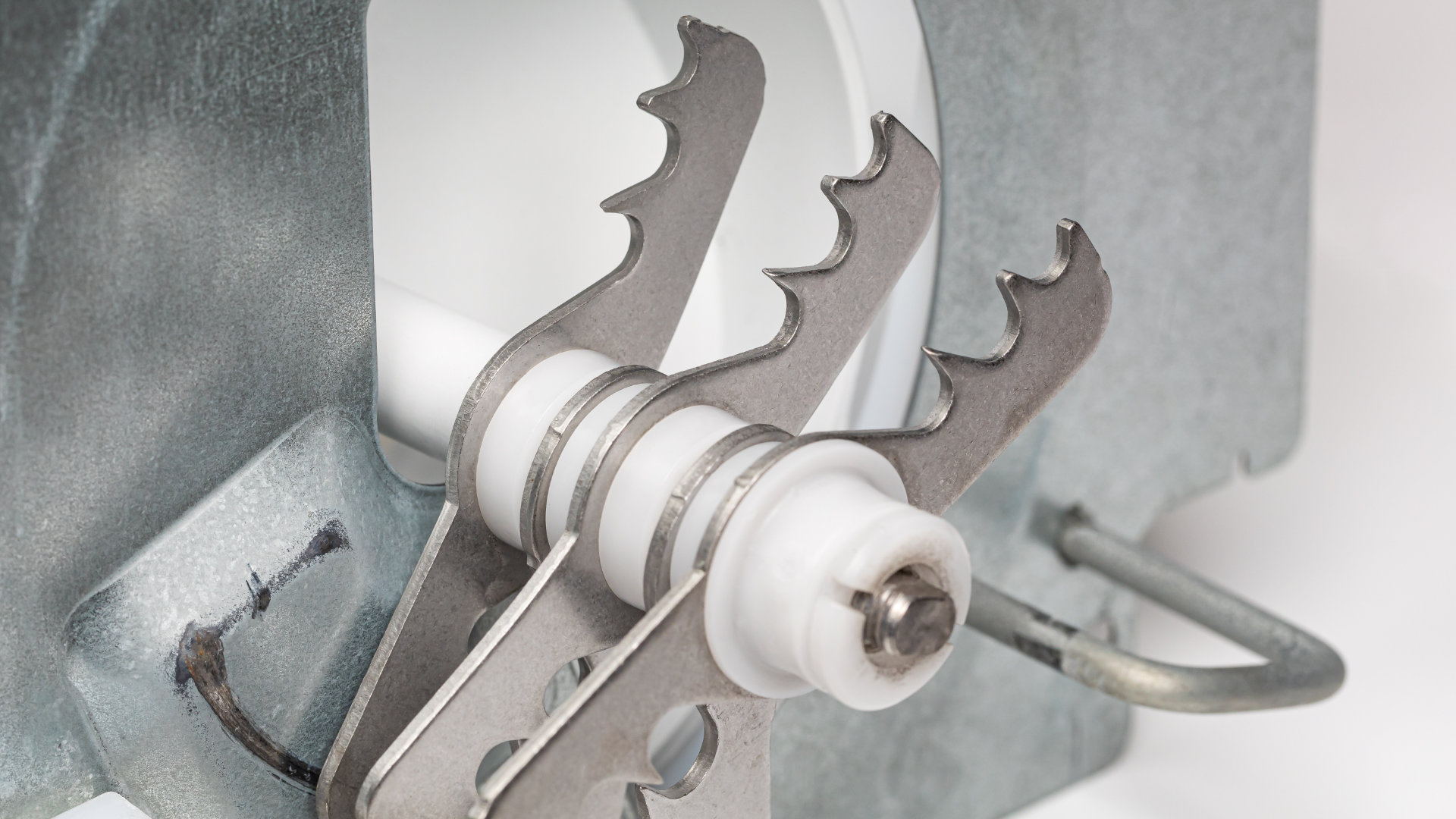
LG Refrigerator Not Making Ice? Here’s What To Do!


